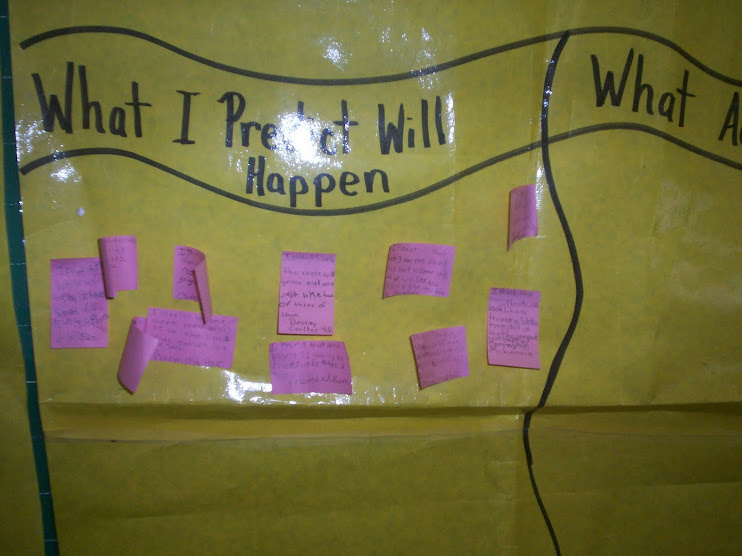Wednesday, February 17, 2010
ESL Case Study Introduction
This is a qualitative research ESL case study approach examining the ongoing debate regarding the ideology of whole language and language experience approaches on beginning reading achievement for the ESL (English As Second Language) learner. Learning how to read during Early Childhood has been divided into two controversial methods, (Phonics vs. Whole Language). Phonics has been deemed meticulous-teaching children the 44 speech sounds of the English Language, as according to the English alphabet, and how those sounds come together and form words. They later learn that words come together and form sentences, paragraphs, stories, poems, and books. Whole-language, on the other hand, takes young readers in the opposite direction. It contends that children learn to read by simply reading. Whole-language classrooms support a print rich environment, filled with complex stories, and materials that are centered on contextual clues to unfamiliar words. However, the question still remains, "What is the best way to teach children to read?" Teaching children reading has never been an easy task. The unnaturalness of reading for many children has often been at the center of this philosophical and on-going political debate. Today, enough research supports that the destructive and persistent debates regarding these two central themes can be put to rest.
Subscribe to:
Post Comments (Atom)































No comments:
Post a Comment